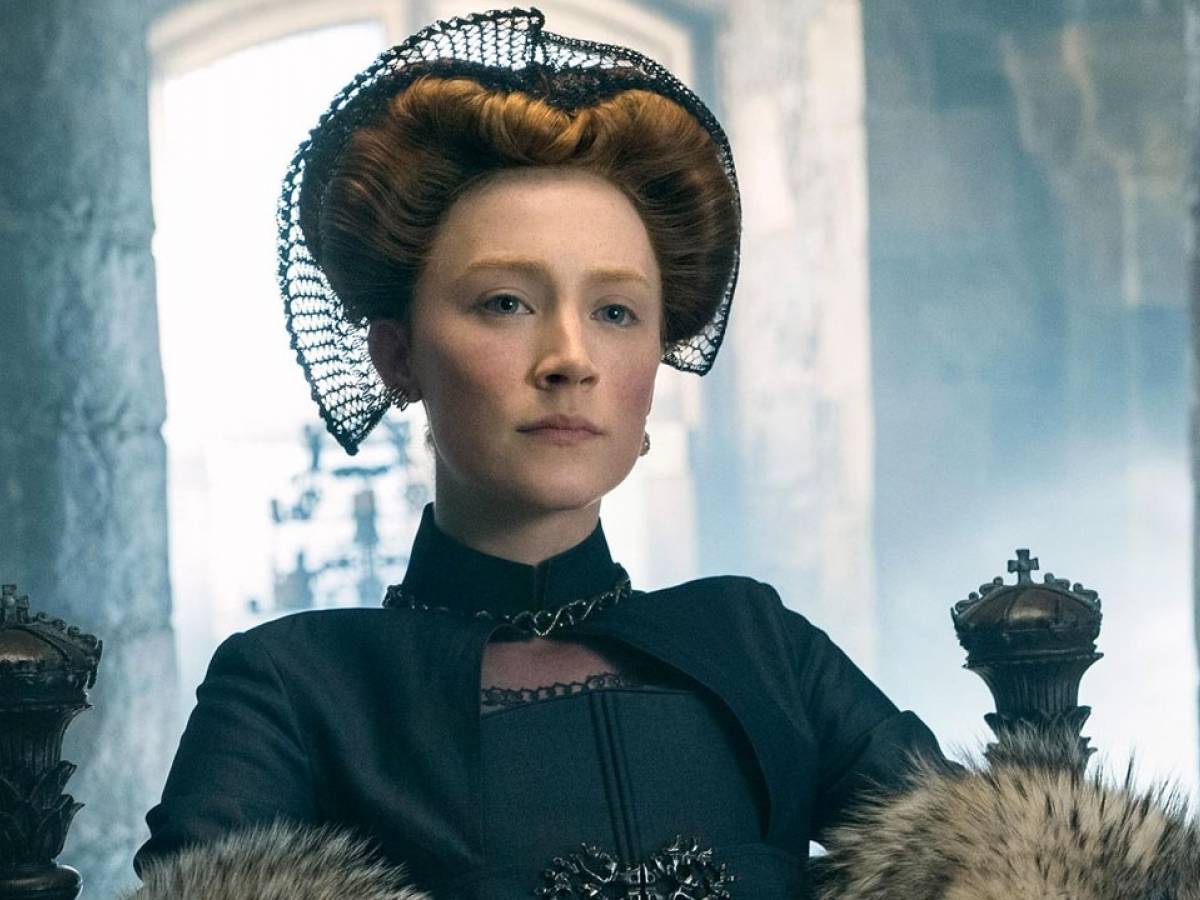Mary Queen of Scots is the 2018 film directed by Josie Rourke which airs this evening, in the late evening at 11.19 pm on Iris. This is the debut behind the camera for the director who, before arriving in the cinema, was already a well-known theater director and director of the Donmar Warehouse theater in London.
Mary Queen of Scots, the plot
The year is 1561 and after the death of her husband, Maria Stuarda (Saoirse Ronan) returns to Scotland with the intention of reclaiming the throne of England, on which sits her Protestant cousin, Elizabeth I (Margot Robbie). The stability of the English throne is not only jeopardized by the clash between the Catholic religion and the Protestant religion, but also by Elizabeth’s clear intention not to marry and, therefore, to deprive the kingdom of a legitimate heir. In trying to solidify the bond between Scotland and England, Elizabeth proposes to her cousin to marry an English noble (Joe Alwyn), who turns out to be the queen’s lover. Maria rejects the first proposal and instead accepts the court of Lord Henry Darnley (Jack Lowden), although he understands that behind the advances man’s ambition and desire for power are hidden. Between her husband’s secrets and her half-brother’s claims to the throne, Maria will find refuge with Elizabeth, in a safe place that will allow the two to confront each other as never before.
The real story behind the movie
As he rightly points out Coming soon, the character of Mary Stuart/Maria Stuarda has always been fertile ground for film transpositions and stories. One of the first transpositions of her was that of 1936 in which she was the actress Catherine Hepburn to face the queen. In 1971, however, it was Vanessa Redgrave to slip into Mary Stuart’s shoes. In 2007, when it arrived at the cinema Elizabeth: The Golden Age with Cate Blanchett as Elizabeth I, the role of her cousin was entrusted to Samantha Morton. The last actress to play Mary Queen of Scots on the big screen before Saoirse Ronan was Camille Rutherford in the Swiss film Mary Queen of Scots. But what is the real story of this queen capable of fabulating directors and historians? The first thing to say, as the website of the Smithsonian, is the fact that Maria Stuarda was a woman capable of excelling in a world that was still very masculine and chauvinist. This is also thanks to her height which nearly reached six feet and really allowed her to look down on all those who tried to make her feel inferior or not fit to fill a role that she felt was her birthright.
Elected Queen of Scotland when she was just six days old, Mary Stuart she spent her formative years at the French court, where she grew up together with her future husband Francis II, with whom she married at the age of sixteen, in 1558. In July of that year, when she was already appreciated for her enormous beauty, the sovereign ascended the throne of France, strengthening her influence on the European continent. Meanwhile, across the Channel, her cousin Elizabeth could not rely on a birthright, since her existence bore the stamp of illegitimacy. Elizabeth, in fact, was the daughter of Henry VIII and Anne Boleyn. When her father died Elizabeth was recognized as third in the line of succession, passable by crown only if Edward VI and Mary I died without issue, which they did. The result of a marriage not considered valid in the eyes of the Catholic religion and an advocate of the Protestant religion, Elizabeth represented a sort of nemesis for her cousin.
Upon the death of her husband, Mary Queen of Scots returned to Scotland, where she was a tolerant sovereign with a stormy private life, which went through adultery and murder. She soon came under fire and became a target for those who wanted to dethrone her. The queen then sought help from her cousin who, on the contrary, imprisoned her for over twenty years. Although Maria Stuarda had become the symbol of counter-reformation and a symbol of resistance to English Catholicism, the Queen was eventually deposed. On 8 February 1587 she knelt in front of an execution block and, after a series of prayers, she was beheaded with three blows of the axe. Her death consolidated the power of Elizabeth I.

